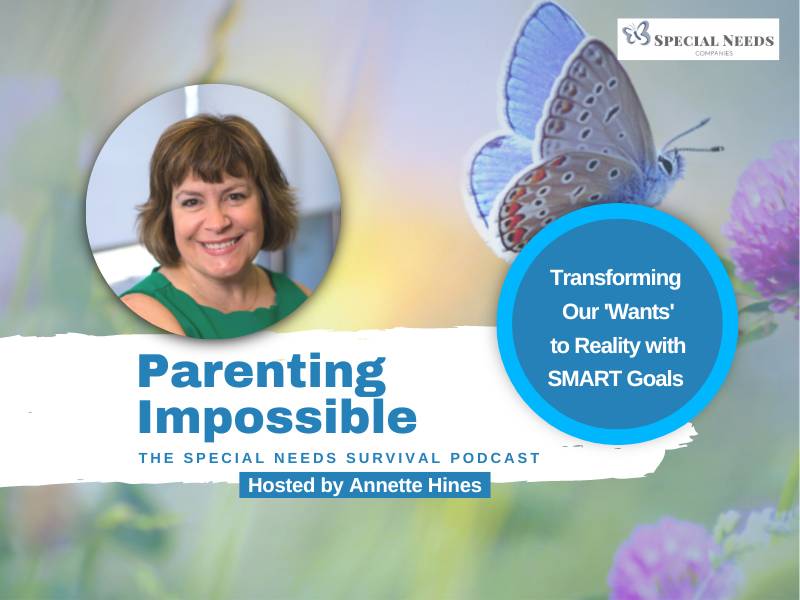What do you want to accomplish this year? Where do you want to be a year from now? For many of us, as soon as we say: “Happy New Year!” we feel the pressure to set resolutions for this year related to our health, personal or professional life. But simply saying: “I want to lose weight this year,” notes Host Annette Hines, sets us up for failure because we have not created a specific, attainable objectives to make this desire a reality. So, how can we ensure that the goals we set for ourselves are not far-fetched resolutions, but specific and attainable? How do we prioritize the demands for our attention and time?
In this episode, Hines guides listeners through the process of setting and achieving SMART goals. The acronym SMART stands for: specific, measurable, achievable, realistic, timely. If a goal has all five of these elements, then the ability to achieve the goal dramatically increases. SMART goals help us focus and ensure we accomplish what’s most important to us. And if we don’t set goals or practice working to achieve them, we don’t accomplish anything. By using each element of the SMART acronym, we can ask questions about our “want” or desire to achieve something like better health or losing weight:
Specific=What will be accomplished? What actions will you take? Who will be involved in this goal?
Measurable=What kind of data will measure the goal?
Achievable=Do you have the necessary tools, skills, resources to accomplish the goal?
Realistic or Relevant=How does this goal align with larger, broader goals? Why is it important?
Timely=What’s the timeframe for accomplishing this goal?
Common types of goals people set might include areas such as: Self-improvement (health and fitness, productivity and motivation), creation (art, sports or business projects), reduction (weight loss, stress), saving (money), professional or career development (course or certificate program, career growth).
Where do you start? How do you find the goals that really resonate with you?
Hines remembers an earlier time in her life when her kids were still young, and she struggled with depression and being stuck in the day-to-day challenges of life. When someone asked her what her goals were at that point, she didn’t know. Visualization was the key for her to begin to articulate her hopes for the future by predicting her progress, prioritizing her efforts, and attaining what was realistic for her. She started by considering where she wanted to be a year into the future. Imaging her children as happy and healthy in their home was the first step for her to realize her ambitions. Then with more practice, Hines started to look deeper to set professional and other personal goals.
Visualization helps to build confidence, increase the likelihood of achieving a goal, and reduce stress and fear, and provide control. Various visualization strategies exist including:
- Creating pictures physically or mentally
- Mental rehearsal
- MeditationAffirmations
- Creating a vision board
- Designing a happy or calm space
- Journaling or writing letters from your future self
One of Hines’ goals that she has been making a reality is her Special Needs Academy, which is a combination of online courses and coaching programs. Her signature program, Special Needs Advocacy and Planning (SNAP) offers a group coaching program that starts on January 18! Check it out online: enroll.specialneedsfamilyservices.com
So what are you waiting for? Grab a notebook as you listen to write some notes about the types of specific, measurable, achievable, realistic, and timely goals you will achieve in 2023.

